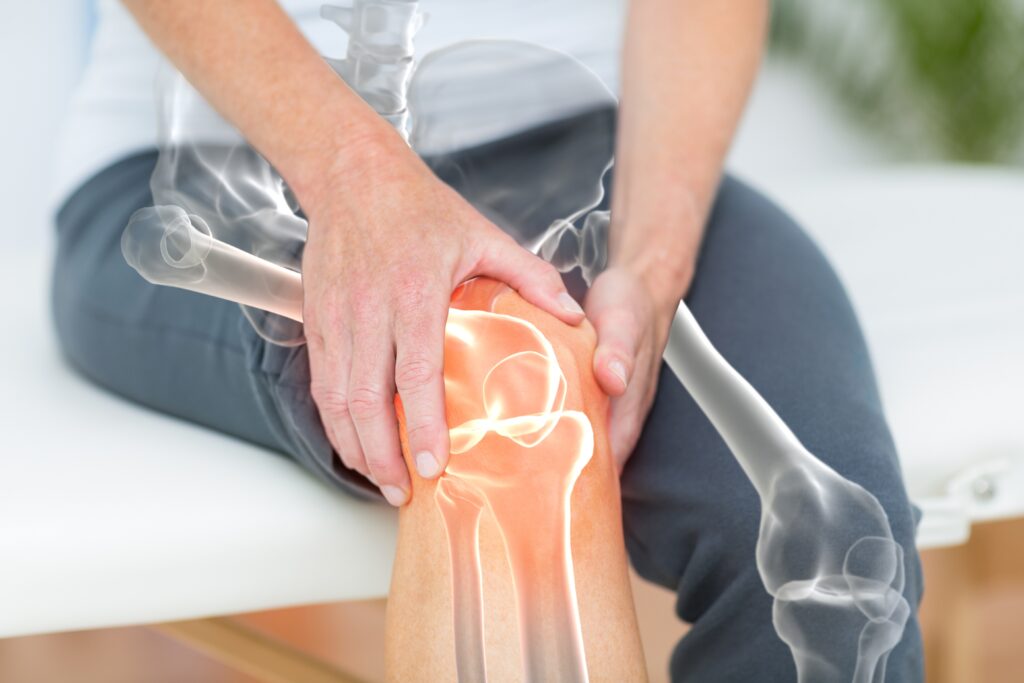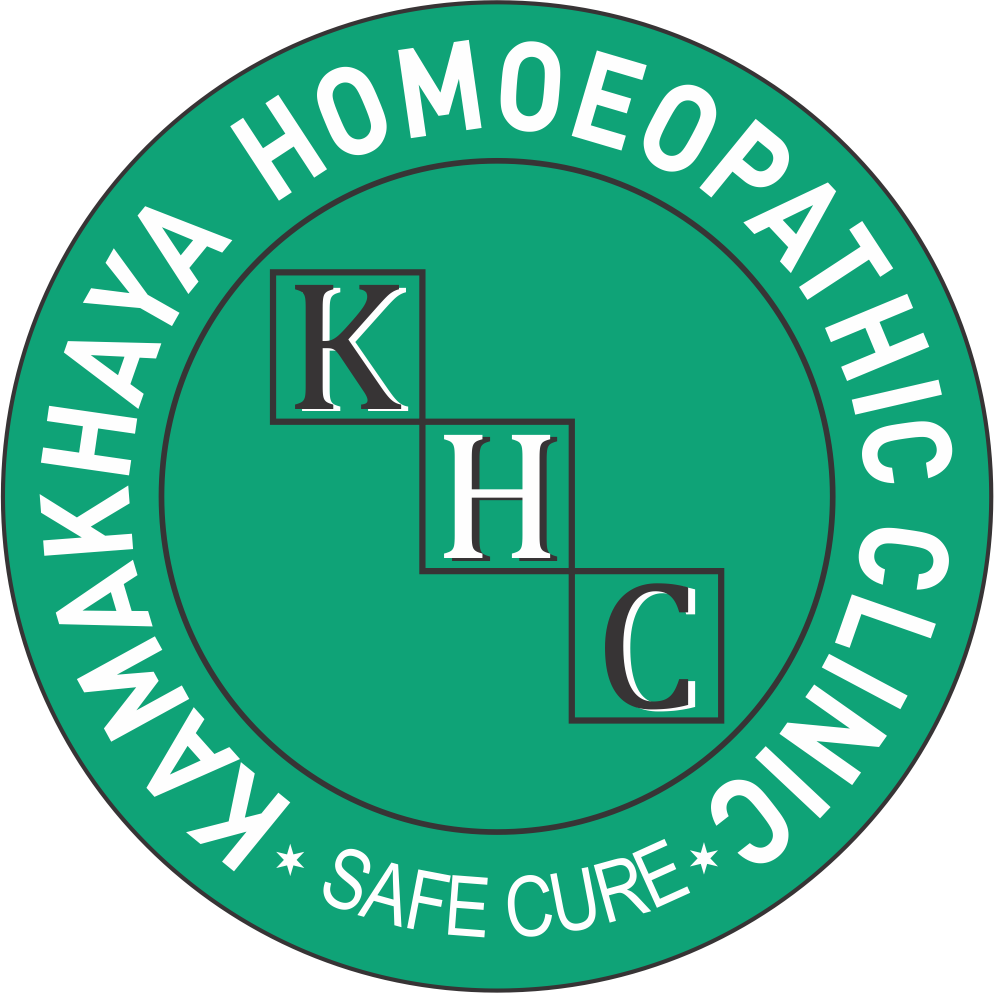
FAQs: Joint and Nerve Treatment
- The word arthritis literally means joint inflammation (“arthr-” means joint; “-itis” means inflammation). It refers to more than 100 different diseases. These diseases usually affect the area in or around joints such as muscles and tendons. Some of these diseases can also affect other parts of the body including the skin and internal organs.
Arthritis usually causes stiffness pain and fatigue. The severity varies from person to person and even from day to day. In some people only a few joints are affected and the impact may be small. In other people the entire body system may be affected.
The joints of the body are the site of much of the action in arthritis. Many types of arthritis show signs of joint inflammation: swelling, stiffness, tenderness, redness or warmth. These joint symptoms may be accompanied by weight loss, fever or weakness.
Pain from arthritis can be ongoing or can come and go. It may occur when you’re moving or after you have been still for some time. You may feel pain in one spot or in many parts of your body.
Your joints may feel stiff and be hard to move. You may find that it’s hard to do daily tasks you used to do easily, such as climbing stairs or opening a jar. Pain and stiffness may be more severe during certain times of the day or after you’ve done certain tasks.
- Range-of-motion exercises reduce stiffness. They keep your joints flexible by moving them to their fullest extent. Most people should do these exercises daily.
- Strengthening exercises increase or maintain muscle strength. Strong muscles help keep your joints stable and make it easier to move. Most people should do these exercises daily or every other day.
- Endurance exercises build fitness. They help keep your heart healthy and control your weight. You should exercise for a total of 20 to 30 minutes three times a week at a pace that raises or sustains your heart rate. Most people can build your endurance by exercising for shorter periods of time several times a day.










